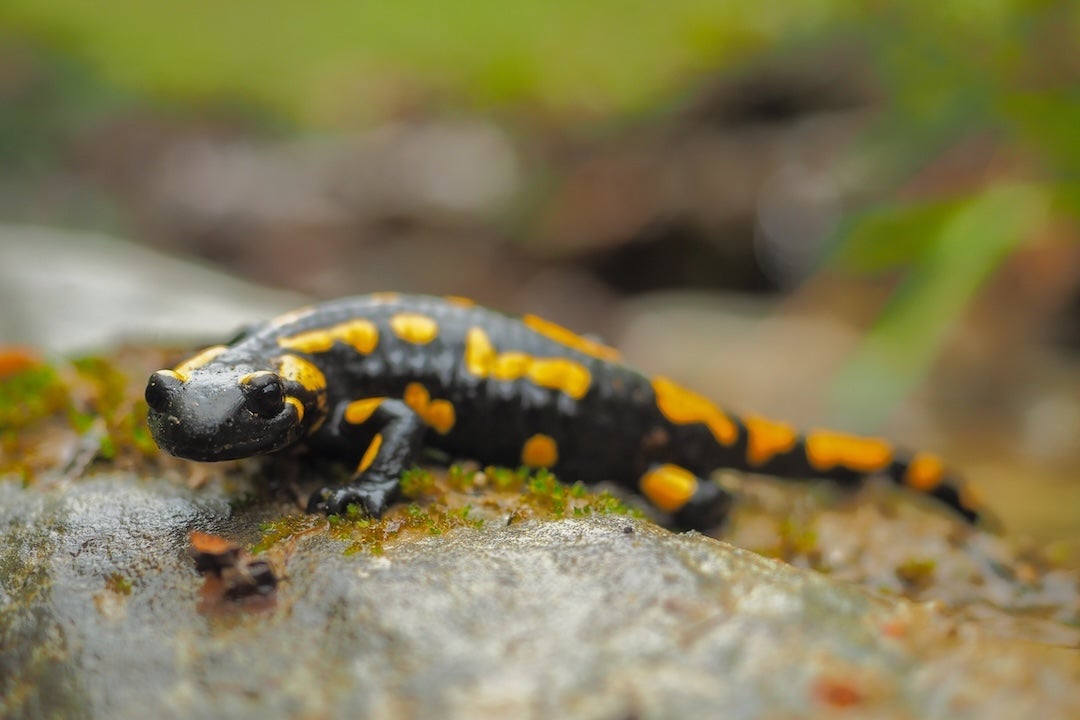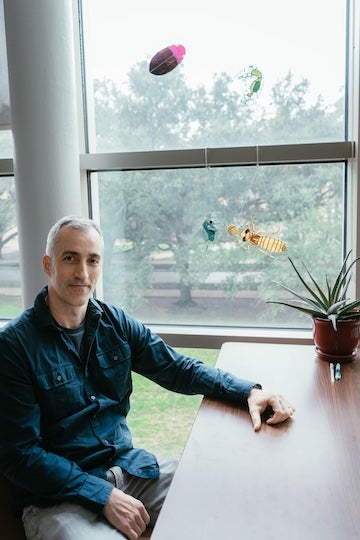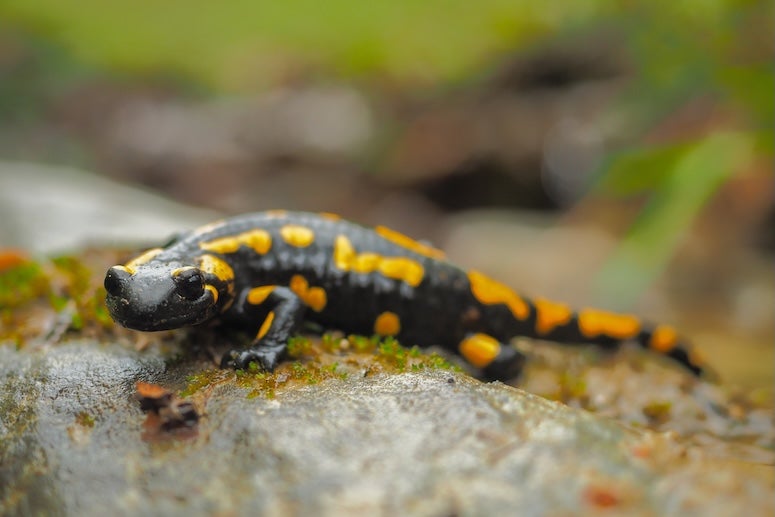
In nature, timing isn’t just important — it’s everything. A frog hatching a few days earlier, a plant blooming out of season or a predator emerging later than normal can trigger ripple effects through an entire ecosystem in unexpected ways. Volker Rudolf, a professor of biosciences at Rice University, is investigating just how powerful these seasonal rhythms, known as phenologies, can be, especially when it comes to the invisible chains of influence that link species together. His work was recently awarded a grant from the National Science Foundation.
“Most people are familiar with direct interactions — like a fox eating a rabbit,” Rudolf said. “But ecosystems are full of indirect interactions, where one species affects another through a third species. These are harder to detect but can be just as important.”
What Rudolf and his team are asking is deceptively simple: What happens when the seasonal timing of life events shifts? And how do those shifts reshape the intricate web of species interactions?
To tackle these questions, Rudolf is diving into pond communities made up of salamanders and tadpoles, using them as miniature laboratories of natural interaction. By carefully adjusting when each species arrives — who hatches first, who shows up second and how much time passes between — he can observe how shifts in the timing of those arrivals change the relationships among the animals.
“These arrival times aren’t random,” Rudolf said. “They’re shaped by evolution and the environment cues. But with changes in weather patterns, those cues are being disrupted. Some species are arriving earlier, others later, and the whole system can get out of sync.”
The team’s experiments mimic classic food web structures: one predator (a salamander) and two prey species (tadpoles). But by shifting the timing of arrivals, sometimes by just a few days, they have found striking changes in the way the species affect each other. One key finding: Early arrivals often have a lasting upper hand, growing faster and gaining size advantages that cascade through the rest of the community.
“Because time only moves forward, early events can influence those that come later, but not the other way around,” Rudolf said. “This creates asymmetries that reshape how entire communities function.”

These effects often unfold through indirect effects. For example, an early arriving tadpole might not interact directly with one that arrives later, but it could alter the behavior or size of a predator in a way that affects the latter’s survival.
Rudolf and his team are also building a new class of mathematical models to capture these dynamics over the long term. These models aim to test how communities might respond not just in a single season but across many years and different environmental conditions.
“Until now, most ecological models overlook the role of timing,” Rudolf said. “But we’re showing that even small shifts in timing can dramatically change the survival of species, who can coexist and how stable the ecosystem is.”
As global temperatures rise, species around the world are changing their seasonal behaviors. Birds are migrating earlier, plants are blooming sooner and frogs are hatching at different times — all with uncertain consequences.
Understanding these indirect, time-sensitive relationships is essential for predicting how ecosystems will respond to ongoing environmental changes. Rudolf says it’s also vital for conservation: To protect biodiversity, scientists need to grasp how even unseen interactions may unravel when timing goes awry.
Beyond the lab, Rudolf’s team is committed to engaging the public. Partnering with the Houston Arboretum, they are launching a citizen science project where participants will track seasonal life cycles, such as when flowers bloom or insects emerge, as part of a national database. The goal is to help people connect with the rhythms of nature while contributing real data to ecological research.
“It’s a powerful way to turn curiosity into impact,” Rudolf said. “We want people to see that the changes they notice in their backyards can help answer big scientific questions.”
Ultimately, Rudolf said he hopes this research will transform how ecologists think about time. By revealing the deep links between timing, indirect effects and community stability, his work offers a fresh framework for understanding the natural world and, most importantly, how to protect it.
“In ecology, we’ve often focused on who interacts with whom,” Rudolf said. “But it turns out when they interact can be just as important.”

